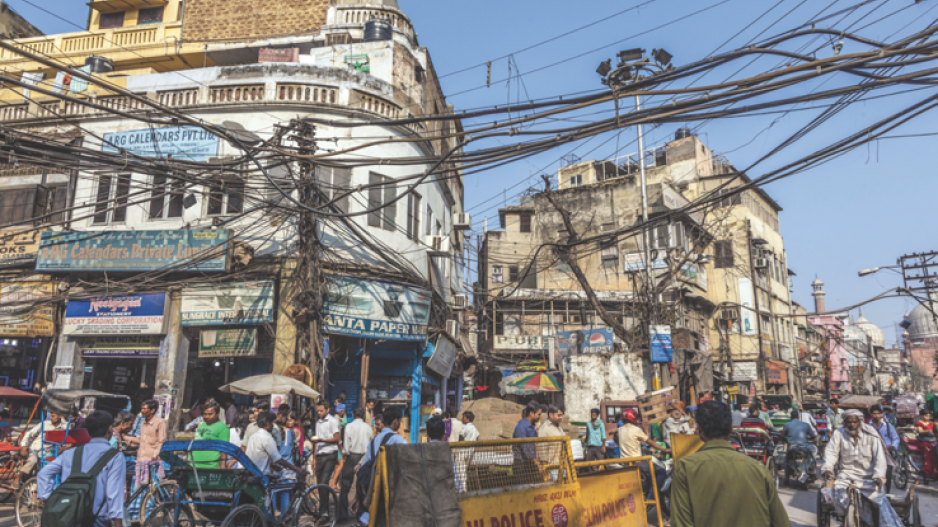The South Asia region, which includes Pakistan, Bangladesh, Sri Lanka, the Maldives, Bhutan and Nepal as well as India, has significant but inadequate domestic energy resources to satisfy the growing demand. All, except Bhutan, are net energy importers
The seven countries of South Asia are among the world’s most avid customers for energy to feed their economic development ambitions, but also among the most challenging to satisfy.
This is especially true of the region’s massive core country, India, whose growth in energy consumption by its 1.2 billion people is predicted by the International Energy Agency to be 3% a year until 2035 – the fastest in the world and double that of China.
The South Asia region, which includes Pakistan, Bangladesh, Sri Lanka, the Maldives, Bhutan and Nepal as well as India, has significant but inadequate domestic energy resources to satisfy the growing demand. All, except Bhutan, are net energy importers.
India’s new prime minister, Narendra Modi, is attempting to set the stage for the construction of a regional energy network through revival of the South Asian Association for Regional Co-operation (SAARC). His first foreign visits after his inauguration in May were to the Himalayan nations of Bhutan and Nepal, both of which have the potential to build hydro-power projects to feed the Indian market.
But even if regional political barriers – such as over 60 years of war-punctuated animosity between India and Pakistan – can be overcome and an integrated energy market created, SAARC is never going to be self-sufficient.
A recent study by the United Kingdom-based global risk assessment and strategic advisory company Oxford Analytica points out that India has only 0.7% of proven global natural gas reserves and Pakistan only 0.3%. India has 6.8% of the world’s coal reserves and Pakistan 0.1%.
Nepal has some of the most attractive water resources anywhere for the development of hydro-power projects, but at best these could meet only about 10% of India’s projected demand for 800 gigawatts of electricity a year by 2030.
Yet South Asia is surrounded by countries and regions with abundant energy resources, especially oil and natural gas, that are eager to supply the SAARC market.
There’s Iran to the west, Russia and the Central Asian states to the north, and Burma – also known as Myanmar – to the east.
Schemes are underway to construct pipelines into South Asia from all these regions. But all face either political, security or geographic problems, or a combination of two or more of those constraints.
A natural gas pipeline from Iran’s southern Fars field has reached the Pakistan border, but both Islamabad and New Delhi are under pressure from Washington not to plug in to Iranian supplies while Tehran remains under sanctions for its suspect nuclear program. A pipeline to India and Pakistan from Turkmenistan and across Afghanistan is promising in the long run.
But while the security of Afghanistan – and, indeed, Pakistan’s eastern tribal areas – is uncertain, no timetable can be drawn up.
New Delhi and Beijing are exploring with Moscow the possibility of extending into India the planned $30 billion, 2,600-kilometre gas pipeline from Russia’s Altai region to China. This project faces challenges from not only the regional political rivalries between New Delhi and Beijing, but also the engineering problems of traversing the mountainous border regions. The Altai pipeline project is also strongly opposed by international environmental organizations.
The most straightforward project is a gas pipeline from Burma to India through Bangladesh.
In several South Asian countries there are also domestic political constraints stemming largely from a history of subsidies for consumers. In India, oil subsidies have been largely phased out since 2010.
But electricity prices for users in most Indian states are still up to 30% below production costs. With fewer than 70% of Indian households linked to the grid, unravelling that political conundrum is a nightmare. •




